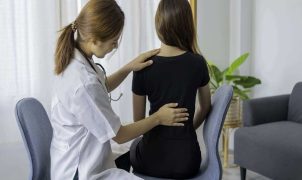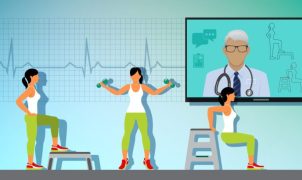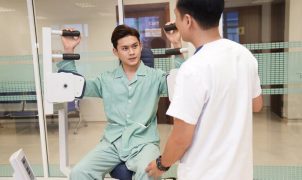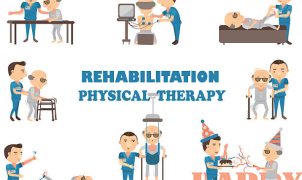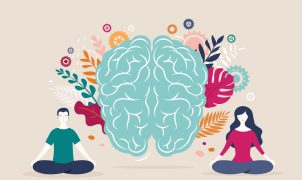The effectiveness of functional recovery after a stroke depends on the extent of brain damage, the affected brain regions, the rehabilitation methods employed, the patient’s perseverance, and the support provided by family members.
1. What is a Stroke?
A stroke, or cerebrovascular accident, occurs when a blood vessel in the brain is blocked or ruptured, disrupting the blood supply to the brain. This sudden reduction in blood flow leads to oxygen deprivation and insufficient nutrients for brain cells, resulting in a stroke.
2. Complications After a Stroke:
Stroke is considered a life-threatening condition due to its high mortality rate. Survivors often face severe complications, including:
- Motor impairment: Facial paralysis, limb paralysis, hemiplegia, or total body paralysis.
- Cognitive decline: Memory loss, forgetfulness, reduced alertness, spatial and temporal disorientation.
- Speech difficulties: Slurred speech, stuttering, difficulty articulating, or even inability to speak.
- Difficulty controlling facial muscles, facial distortion, and speech impediments.
- Vision impairment or loss.
- Disturbances in bladder and bowel control.
- Emotional changes: Vulnerability, self-consciousness, irritability, and even depression.

3. Principles of Functional Recovery After a Stroke:
Functional recovery requires early, appropriate, continuous, and persistent intervention. Patients often avoid movement due to fear of recurrence, missing the crucial recovery period. Experts recommend initiating recovery exercises as soon as stability is achieved, preferably within 3-4 days.With early and proper exercises, most stroke patients can regain mobility, either independently or with assistance. The most significant functional recovery is typically observed in the first three months, slowing down but stabilizing from the 6th to 12th month. Some patients continue to improve up to 18 months, while others may live with lifelong consequences.Principles of functional recovery after a stroke include:
- Symmetrical exercise to both sides of the body, avoiding compensatory movements.
- Restoring muscle strength to normal or near-normal levels before engaging in movement exercises.
- Instructing patients in pre-stroke movement techniques, incorporating familiar daily activities.
- Ensuring a nutritious diet to prevent ulcers and infections.
4. How Is Functional Recovery Achieved After a Stroke?
Functional recovery requires a multi-modal approach, combining therapies tailored to the patient’s complications, such as physical therapy, speech therapy, psychological therapy, and occupational therapy. While some recover quickly, many need prolonged functional rehabilitation.
4.1. Speech Therapy:
Patients with speech-related complications can perform progressively complex speech exercises, starting from alphabet and number recitations and gradually advancing to word, phrase, and sentence articulation.
4.2. Psychological Therapy:
Post-stroke patients often rely on caregiver support, experiencing feelings of self-consciousness, anger, anxiety, and, in the long term, depression. Regular communication and encouragement from family members are essential to maintaining a positive mindset.Cognitive exercises, such as puzzles, word games, chess, and other strategic games, can enhance cognitive function.
4.3. Physical Therapy:
Most stroke survivors experience impaired motor function, necessitating regular and consistent physical therapy for noticeable results. Exercises range from basic postural adjustments to standing, reflex posture, and, when stable, walking. Various devices, including walking frames, wheelchairs, and walking sticks, aid mobility and training.Advanced exercises focus on increasing motion and muscle strength to counter joint stiffness. Under the supervision of rehabilitation professionals and, where available, specialized equipment like walking robots and high-pressure oxygen machines can be employed.
Post-stroke complications disrupt patients’ lives significantly. Achieving functional recovery is a long-term process, requiring the right methods and perseverance from both patients and their families. Seeking consultation from hospitals or specialized rehabilitation centers is crucial for appropriate treatment.
Cre: medlatec


